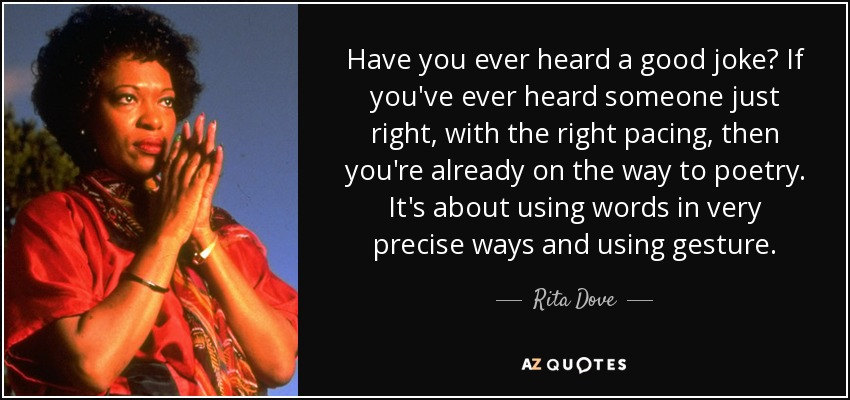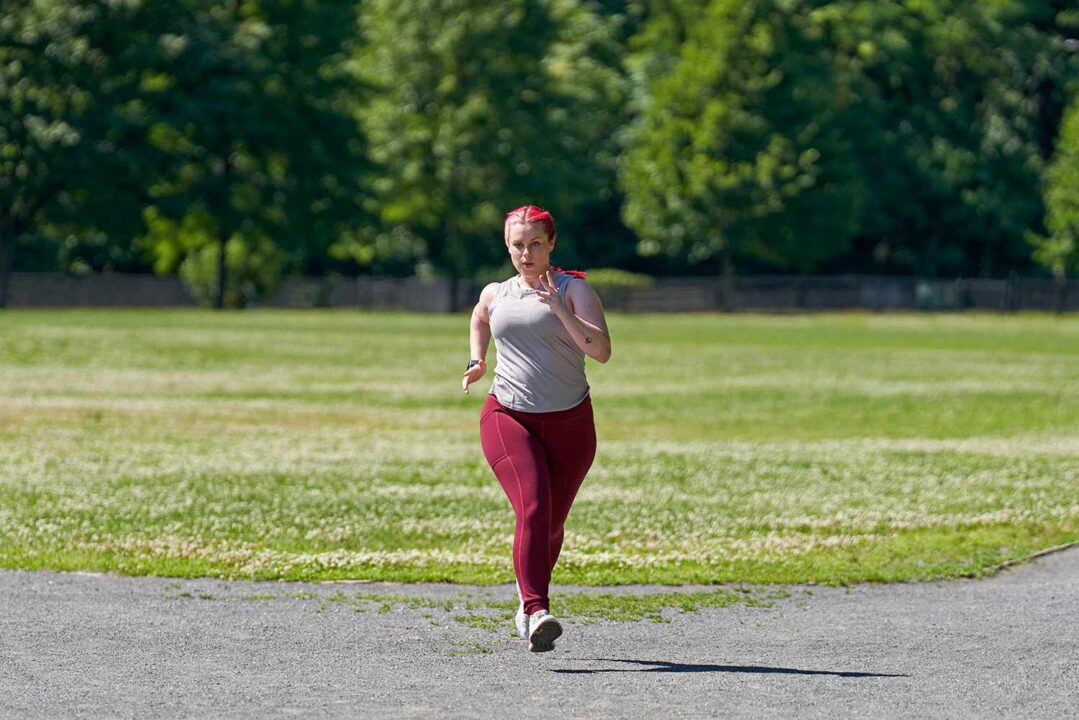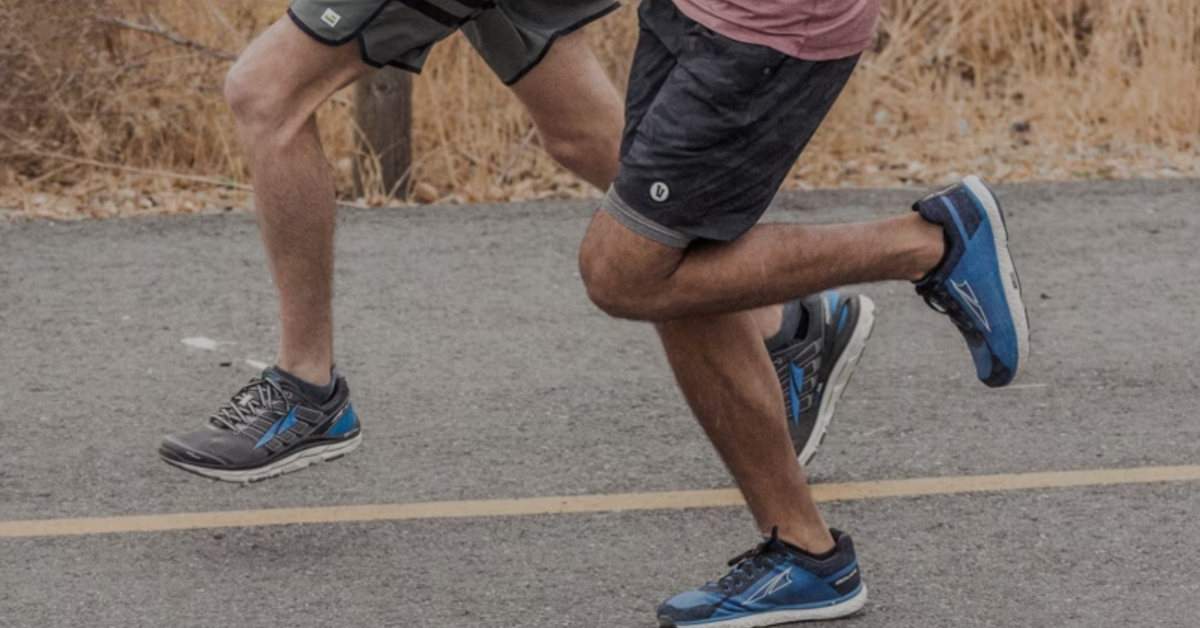In our fast-paced world, where sitting has become the norm, the idea of pacing might seem like an antiquated notion.
However, the simple act of walking back and forth, or pacing, can offer a host of unexpected benefits that are often overlooked.
Pacing is not just a way to burn off excess energy; it’s a powerful tool that can enhance your physical and mental well-being.
In this article, we’ll explore the advantages of pacing and why pacing is good for your daily routine.
Is Pacing Good for You?
Yes, pacing is good for you in many ways. Pacing, which simply means walking back and forth, provides a low-impact form of physical activity that can improve circulation, burn calories, and benefit joint health.
It also offers several mental advantages like reducing stress and anxiety, improving focus and creativity, and increasing productivity by giving your mind a break from sedentary work.
The rhythmic, repetitive motions of pacing can be calming and almost meditative.

Overall, incorporating some pacing into your daily routine is an easy way to boost both your physical and mental well-being without overexerting yourself.
The Physical Benefits of Pacing
Improved Circulation
One of the primary benefits of pacing is improved circulation. When you move your body, your heart rate increases and blood flow is boosted throughout your body.
This increased circulation helps deliver oxygen and nutrients to your organs and muscles, promoting better overall health.
Additionally, pacing can help prevent the formation of blood clots, reducing the risk of conditions like deep vein thrombosis (DVT).
Low-Impact Exercise
Pacing is a low-impact form of exercise that puts minimal stress on your joints. Unlike high-impact activities like running or jumping, pacing is gentle on your knees, ankles, and hips.
This makes it an excellent option for individuals recovering from injuries, dealing with joint pain, or seeking a low-impact workout.
Even if you’re generally sedentary, pacing can be a great way to introduce some movement into your day without overexerting yourself.
Increased Calorie Burn
While pacing might not seem like an intense workout, it can still help you burn calories. The number of calories you burn while pacing depends on factors such as your weight, pace, and duration.

However, even a moderate pace can burn a significant number of calories over time. Incorporating pacing into your daily routine can contribute to weight management and overall fitness goals.
The Mental Benefits of Pacing
Stress Relief
Pacing isn’t just good for your physical health; it can also benefit your mental well-being. Walking and movement have been shown to reduce stress and anxiety levels.
When you pace, you engage in a repetitive, rhythmic motion that can be calming and meditative. This simple act can help clear your mind, reduce tension, and promote a sense of relaxation.
Improved Focus and Creativity
For many people, pacing can be a powerful exercise for enhancing focus and creativity.
The act of walking and moving can stimulate blood flow to the brain, which can lead to improved cognitive function and problem-solving abilities.
Writers, artists, and other creative professionals have long recognized the benefits of pacing as a way to overcome creative blocks and generate new ideas.
Even I make sure to do this exercise as part of my daily routine, as I find pacing extremely beneficial for sparking creativity and working through mental blocks.
Increased Productivity
Pacing can also boost productivity by providing a much-needed break from sedentary work. Sitting for prolonged periods can lead to fatigue, discomfort, and decreased concentration.
By taking a few minutes to pace, you can refresh your mind and body, allowing you to return to your tasks with renewed energy and focus.

Tips for Incorporating Pacing into Your Routine
Now that you understand the benefits of pacing, you might be wondering how to incorporate it into your daily life.
Here are some tips to get you started:
- Pace While on the Phone: Instead of sitting or standing in one place during phone calls, take the opportunity to pace around your home or office. This can help you stay active and engaged during conversations.
- Pace During Breaks: Rather than scrolling mindlessly through social media or staring at a screen during breaks, use that time to pace. Even a few minutes of walking can provide a mental and physical boost.
- Pace While Brainstorming: If you find yourself stuck on a problem or struggling with creative blocks, try pacing. The act of moving can help stimulate your thought processes and generate new ideas.
- Set Reminders: If you tend to get absorbed in your work or forget to take breaks, set reminders on your phone or computer to prompt you to stand up and pace for a few minutes every hour or so.
- Create a Dedicated Pacing Path: If space allows, consider creating a dedicated pacing path in your home or office. This could be a simple loop or circuit that you can follow while pacing, ensuring you have a designated area for this activity.
Conclusion
Pacing might seem like a simple act, but its benefits are far-reaching. From improving circulation and promoting low-impact exercise to reducing stress and enhancing creativity, the advantages of pacing are numerous.
By incorporating this simple activity into your daily routine, you can take a proactive step toward better physical and mental well-being.
So, the next time you find yourself feeling restless or stuck, try pacing – you might be surprised at how much it can help.
References & Resources
- https://translational-medicine.biomedcentral.com/articles/10.1186/s12967-023-04229-w
- https://www.pascguide.com/self-care/pacing/
- https://www.verywellhealth.com/pacing-can-help-people-with-chronic-pain-study-5186855
- https://tapmipain.ca/patient/managing-my-pain/pain-u-online/pacing-module.html
- https://www.neurovine.ai/blog/understanding-stress-and-how-to-manage-it-with-cognitive-pacing
- https://www.forbes.com/health/wellness/pacing/

